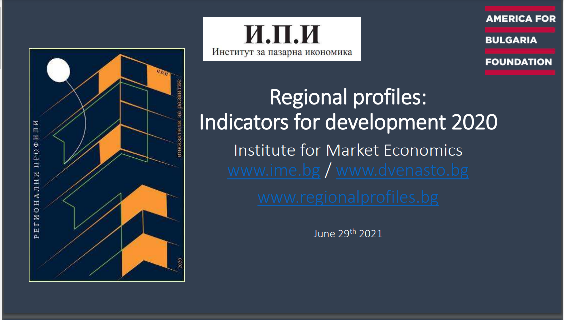Five Trends for the Economy of Burgas District
Burgas is an area with a very special economic profile - on the one hand, summer tourism is crucial for many of its municipalities, on the other hand the processing industry, and especially the refinery near the district center remains among the major generators of employment. This is the reason why the development trajectory of Burgas was more severely affected by the coronavirus and restrictive measures - on the one hand the contraction of international tourist flows inevitably hit the largest resorts in the country, but on the other large industry managed to keep free fall on the labor market after the mass closure of hotels and restaurants. However, in the medium term, the district will have to look for a way to diversify its economy, especially coastal municipalities.


